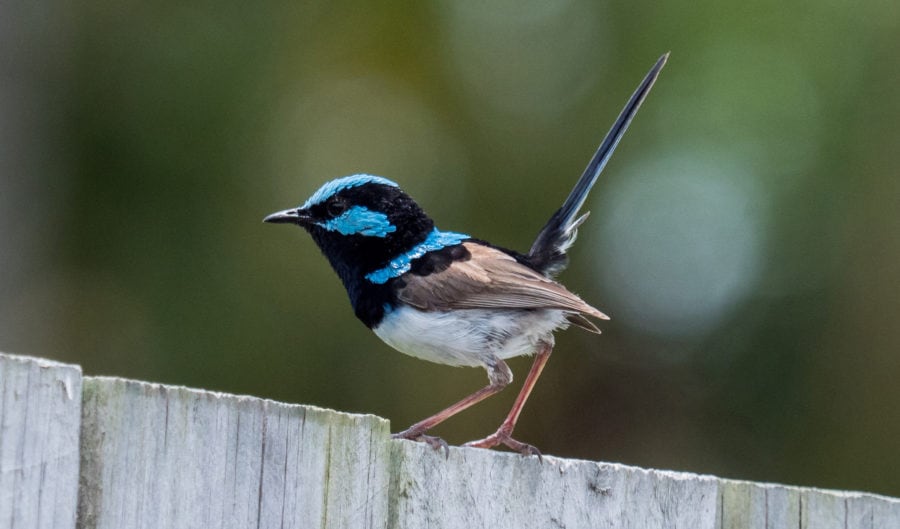The most-counted Aussie bird of 2020?

RESULTS FOR THE 2020 Aussie Backyard Bird Count are in, and with them insights on our native birds – how they are faring in an ever-fracturing and urbanised landscape, how natives can be attracted and nurtured in our gardens, and of course, which are the top five most-counted Aussie birds thriving among us humans.
For one week in October, BirdLife Australia invites the Australian public to record sightings of local birds for the Aussie Backyard Bird Count, a request only too happily obliged this year by a record-breaking 108,000 Australians, who – according to BirdLife Australia’s Sean Dooley – had their bird-counting passion kindled from indoors during and after the COVID-19 lockdowns.
In its seventh year, the Aussie Backyard Bird Count is a fully-fledged national event with the 2020 survey resulting in a whopping 4.6 million birds counted. Each year, however, it is the top-counted birds that draw a colourful and varied flock of interest: which species will take the crown (of the tree)?
While the top five most-counted species are superficially quite different birds, says BirdLife’s Sean Dooley, “they’ve all successfully adapted to urban habitats – and in their own way, are quite bold and aggressive. They’re all native, too. That’s pretty amazing when you think about it: having not evolved in urban habitats, our natives have adapted to being street kids.”
So the top-counted birds are brazen city dwellers, but who are they? Let’s see the list.
5. Galah
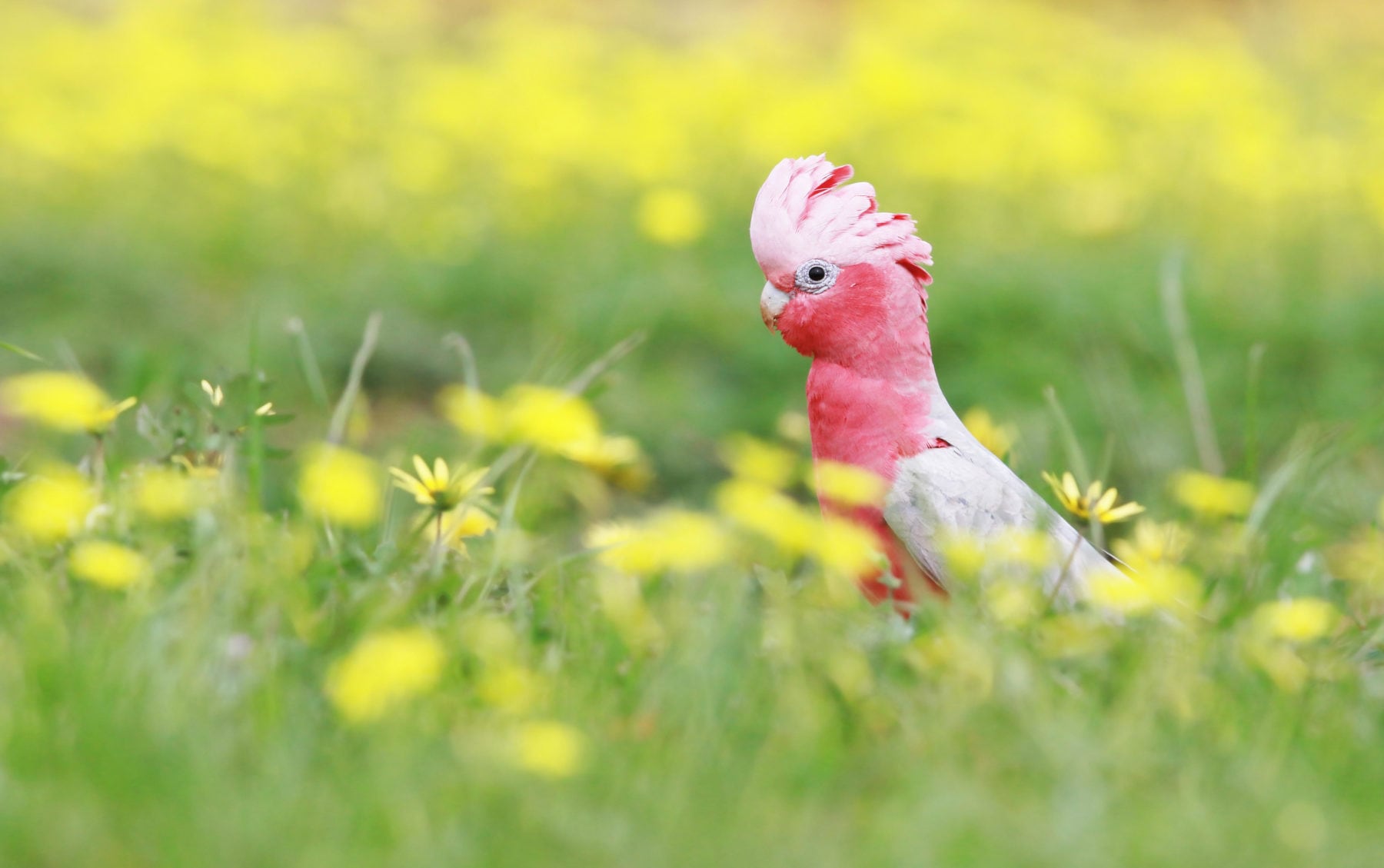
Asked to describe galahs in one word, Sean does not hesitate: “Hilarious.” Hilarious indeed. ‘Galah’ has been co-opted in Australian slang for describing just that, a clownish person (who may or may not be aflame). Like their larger cousins, galahs are playful and intelligent cockatoos, a type of parrot, that parade in distinctive smoke and pink attire.
Galahs are widespread across mainland Australia, travelling in great boisterous flocks to stop and graze for seeds among grasslands, or gather to drink as a gaudy pink lining to freshwater drinking spots. Their trills and chirping – especially when gathered – are iconic to the Australian soundscape and trace a nostalgic thread through the soundtrack of Australian TV and film.
4. Sulphur-crested cockatoo
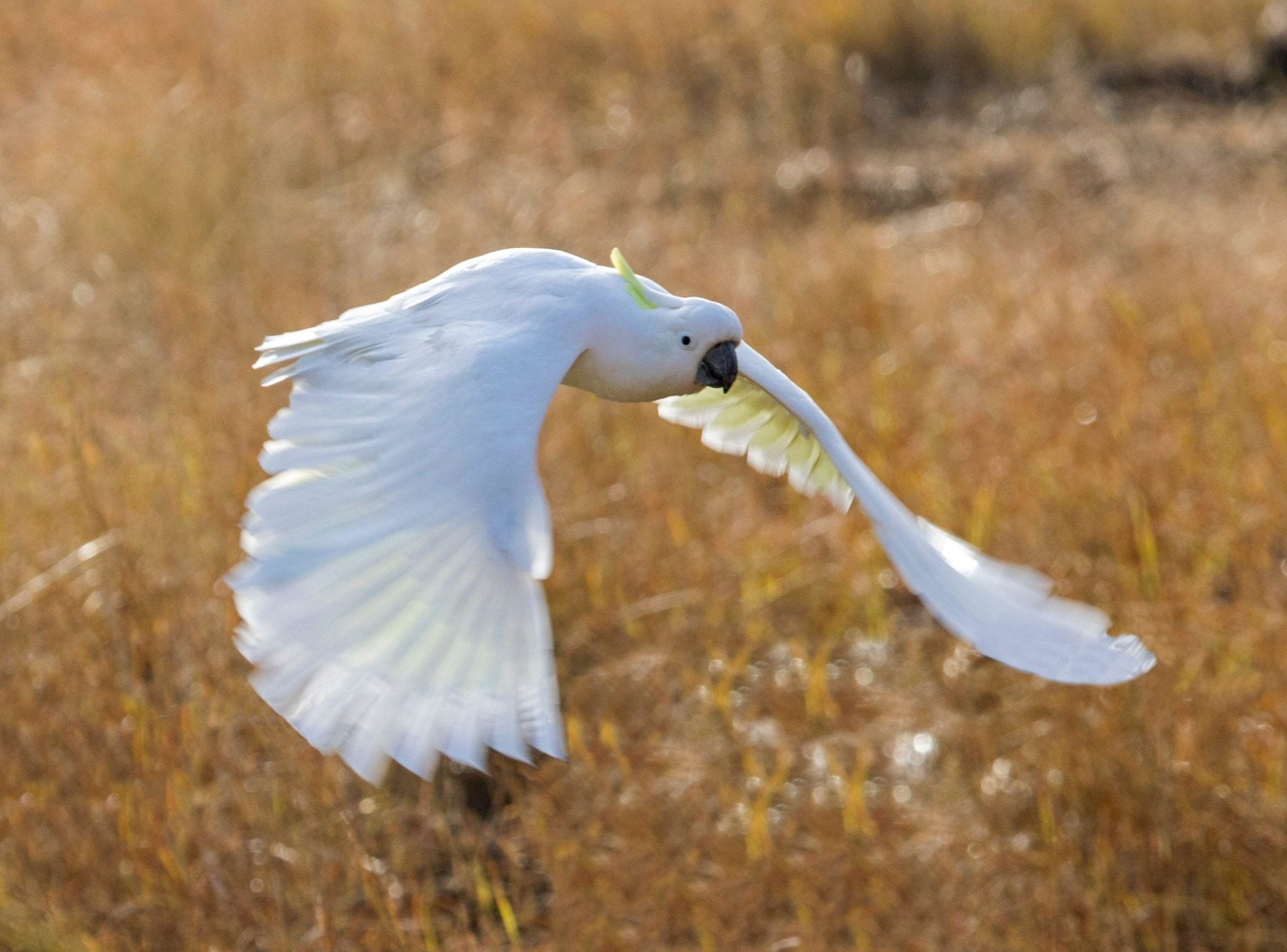
“Characters,” says Sean. “Incredibly engaging, but liable to get under your skin.” Sulphur-crested cockatoos are the larger, more conspicuous cousins of the galah. And while their name alludes to their yellowish crests, it’s our ears, rather than nose, that might feel the sulphurous bite of their screeching call.
They are long-lived, highly social animals whose intelligence has granted them citizenship among the hustle-bustle of urban centres where they can be seen gripping and somersaulting, Gremlins-like, around power lines or swooping cars with the daredevil impunity of youth. “Though they compete with galahs,” Sean adds, “they coexist remarkably well. There is mutual respect, I think.”
3. Australian magpie
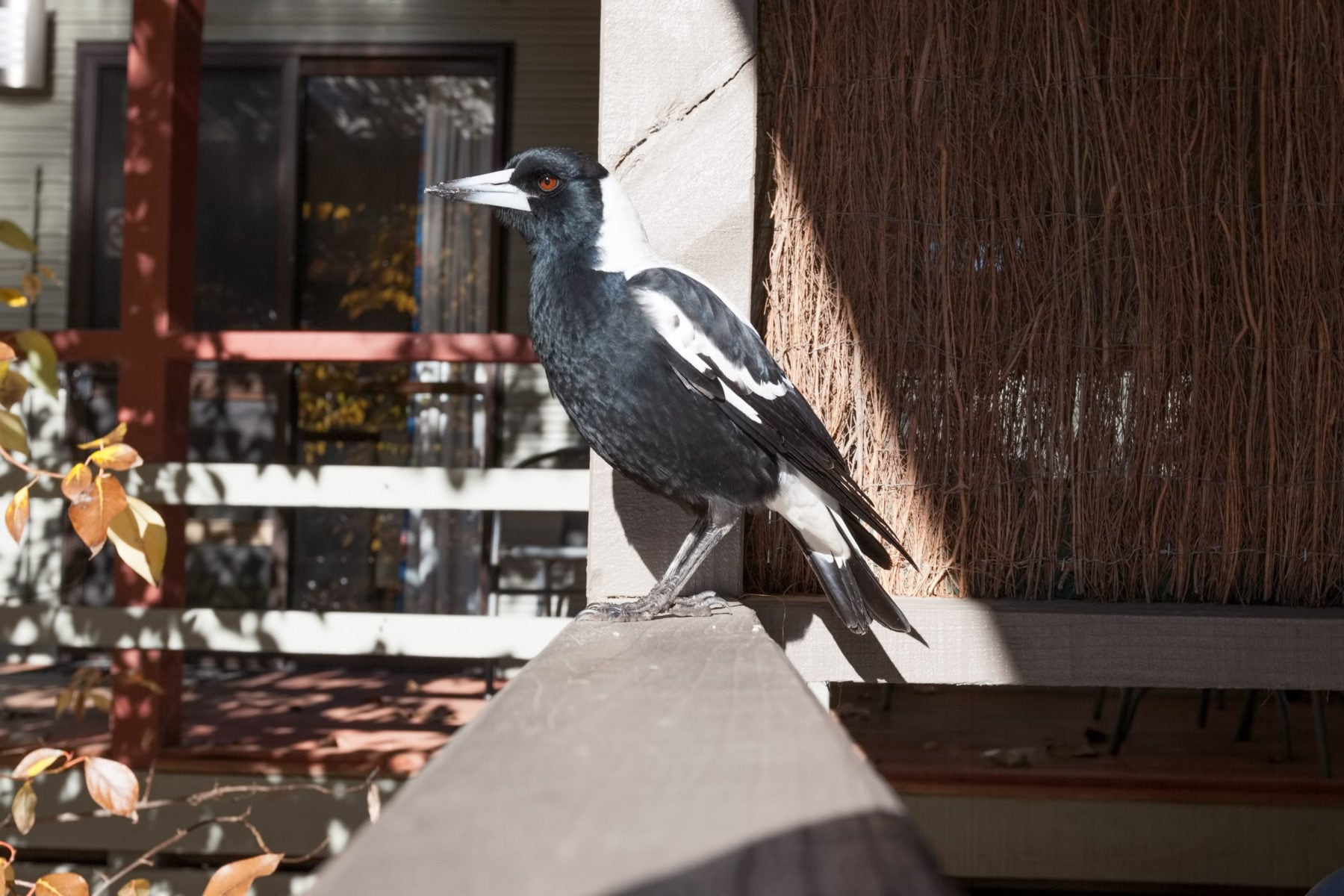
Image credit: Piter Lenk / Alamy Stock Photo
Hearing the call of the magpie leaves many a travelling Australian stricken with nostalgia, with lawns and sprinklers, newspapers and Sunday mornings imprinted in the chortle and warble of these suburban singers.
For most of the year magpies are peaceful songbirds that patrol the turf of suburbia in search of insects to eat, but for pedestrians and cyclists during springtime, magpies become vengeance incarnate, inflicting daily punishment on passersby as though eagles to the mythic liver of Prometheus.
The Australian magpie is simply a brave parent with a beautiful voice – the sound of Australia – and it’s for this reason Sean calls them “quintessential”.
2. Noisy miner
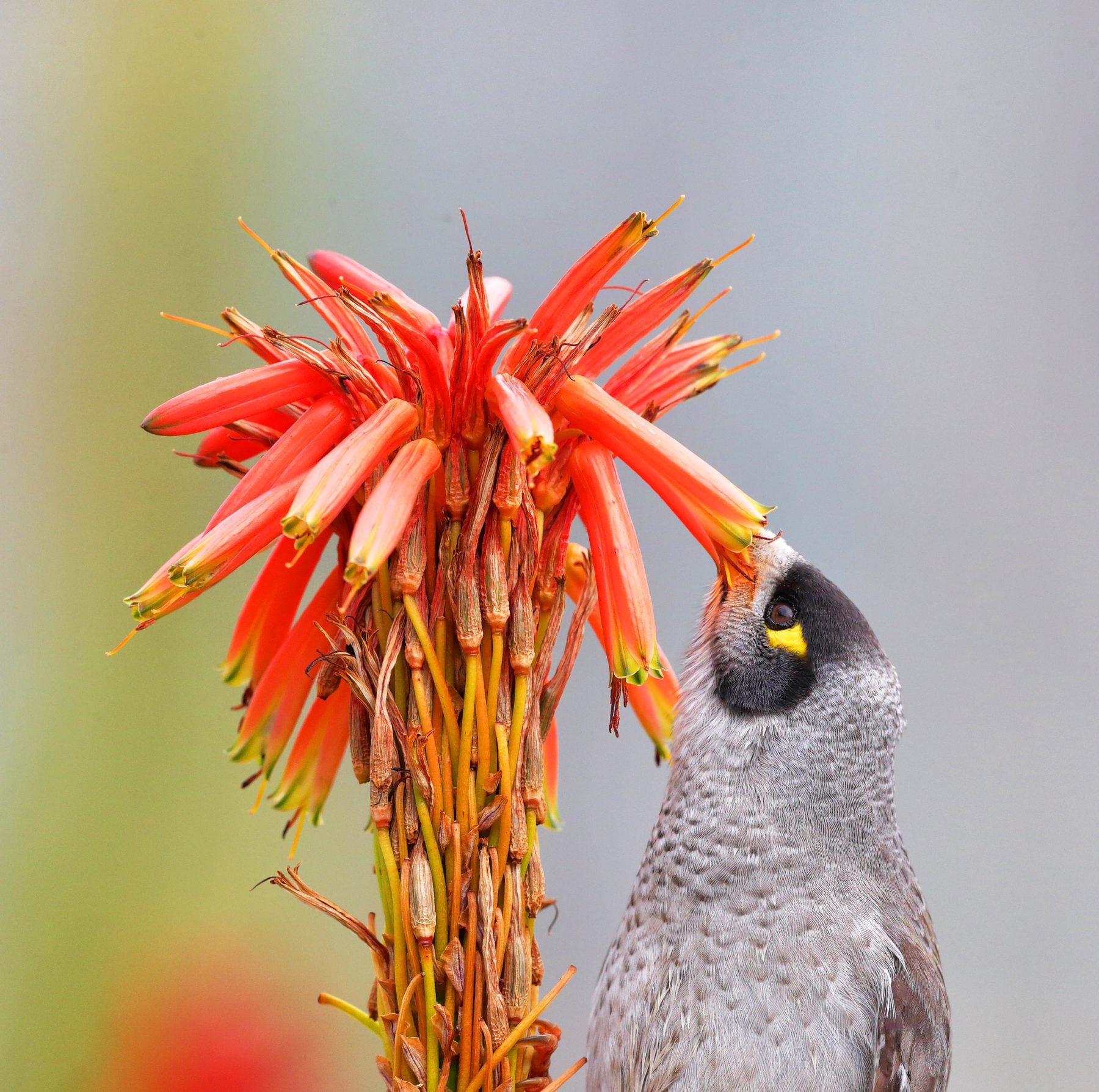
Image credit: Georgina Steytler / Alamy Stock Photo
True beneficiaries of our urban environment, these “bully boys” have made suburbia their own, travelling in grey gangs to harangue and scold the intrusion of bird, dog, or – for whatever reason – other noisy miners onto their territory.
“Up until the 1960s,” says Sean, “[noisy] miners were only moderately common, restricted to open or wooded farmland” but it’s the combination of our opening up urban habitats conducive to miner proliferation, as well as changes in our gardening sensibilities that have led to an explosion in their numbers, making these yellow-beaked nectar-eaters the second-most sighted bird in Australia.
1. Rainbow lorikeet
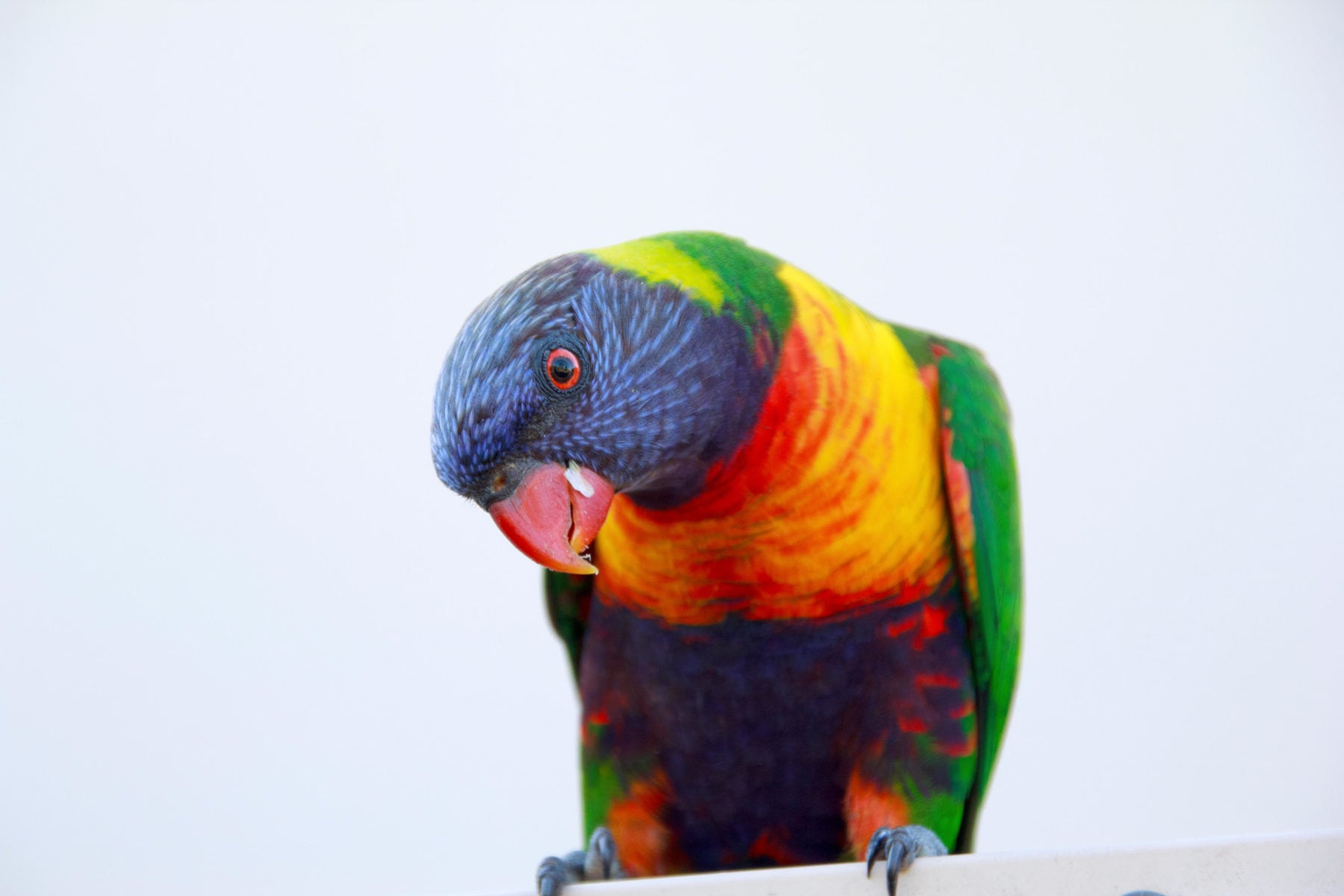
Image credit: Phisit Phochiangrak / Alamy Stock Photo
Australia’s most sighted bird of 2020 is the rainbow lorikeet, “vibrant in personality and looks”, a parrot whose vivid colours – for those still sensitive to its novelty – is an unbelievable attack on the senses. Lorikeets, like noisy miners, are nectar feeders and have taken advantage of Australia’s mid-century shift in urban landscaping, “from traditional English gardens” to native, flowering plants like eucalyptus and bottlebrush, providing ample food and habitat for these noisy and brazen characters.
From the 1800s, when their Melbourne numbers plummeted to near extinction through culling by orchard owners, rainbow lorikeets have boomed back and are now making their home in more places than ever, even setting up camp inland from their coastal range, bringing a little unexpected flair to our country towns.
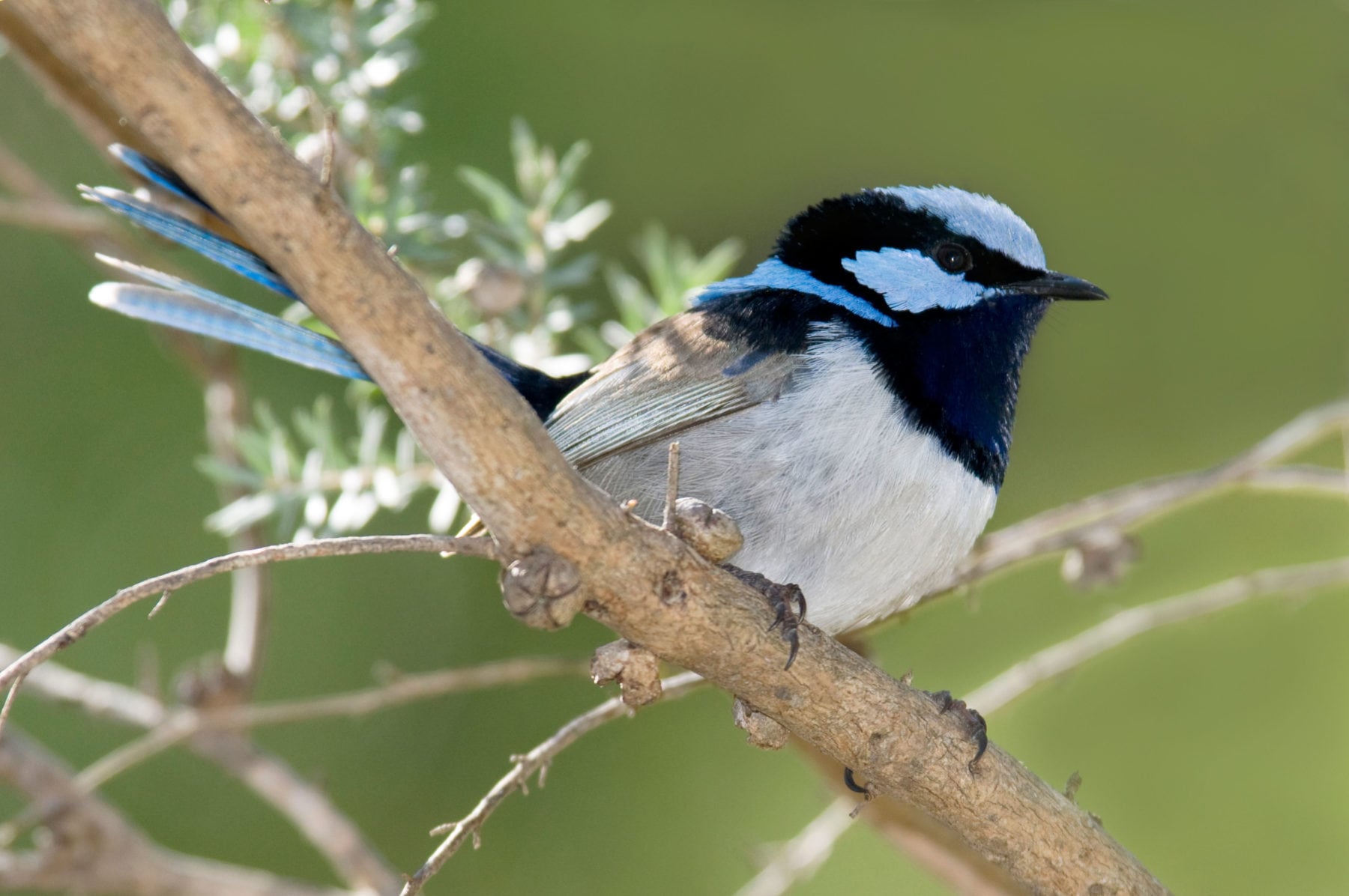
Image credit: Greg C Grace / Alamy Stock Photo
For Australian ecologists and bird-lovers, conspicuously absent in this list are small native birds. “We’re losing a lot of our smaller birds to urban areas,” says Sean, “less vegetation in gardens, too. Too many open areas means no refuge, no food, no resting sites for our small birds. Urban development and habitat loss lead to fragmenting bushland, these remnants are like islands getting smaller and further apart.
Our birds are resilient, but climate-related bushfires, heatwaves, drought, it’s too much. There are ways of supporting both human and wildlife populations in our planning. We have to be sensible.”
Closer to home, we can help, too. Introducing native plants to your garden is a start, not just trees but ground-cover and shrubbery, and dense, mid-level coverage as refuge for our small birds. It’s a two-way relationship.
“Birds have been really important this year for a lot of Australians, providing a sense of connection with nature, the outdoors. They have been messengers from the outside, letting us know the world is continuing, letting us know more than ever there’s hope and joy coming from birds.”
You can check out all the results here. And for a great guide to birdwatching in Oz, head here.
